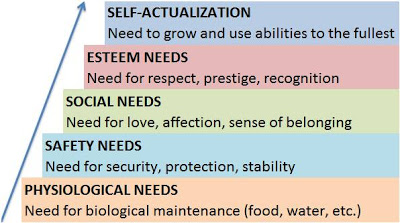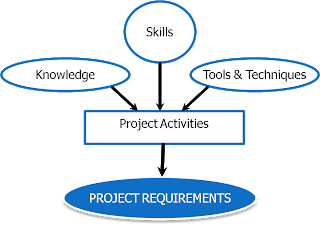In an organization or in a project, it is very important to understand the roles of each individual. The sponsor and the project manager have different roles to play in a project. In general, the sponsor authorizes the project while the project manager plans and executes the project. An understanding of the roles of the sponsor would help you in answering few questions in the PMP Certification exam. You, as a project manager, should be clear on the areas where the Sponsor's help is required. The following list gives a guidance on the roles of the sponsor:
- To provide clear direction for the project and its impact on the organization's strategic plans
- To set the project priority; this is important as the project manager should know which of the three triple constraints are critical for the project success. In some projects, time is very important and is least flexible - for example, projects relating to Olympics games. Similarly, some other projects will have cost as the primary constraint.
- To make important project decisions and participate in major project reviews including approval of key deliverables
- To approve the budget and provide the necessary funding
- To approve resource levels and commit specific resources
- To finalize the project objectives and the scope
- To protect the interests of the project




